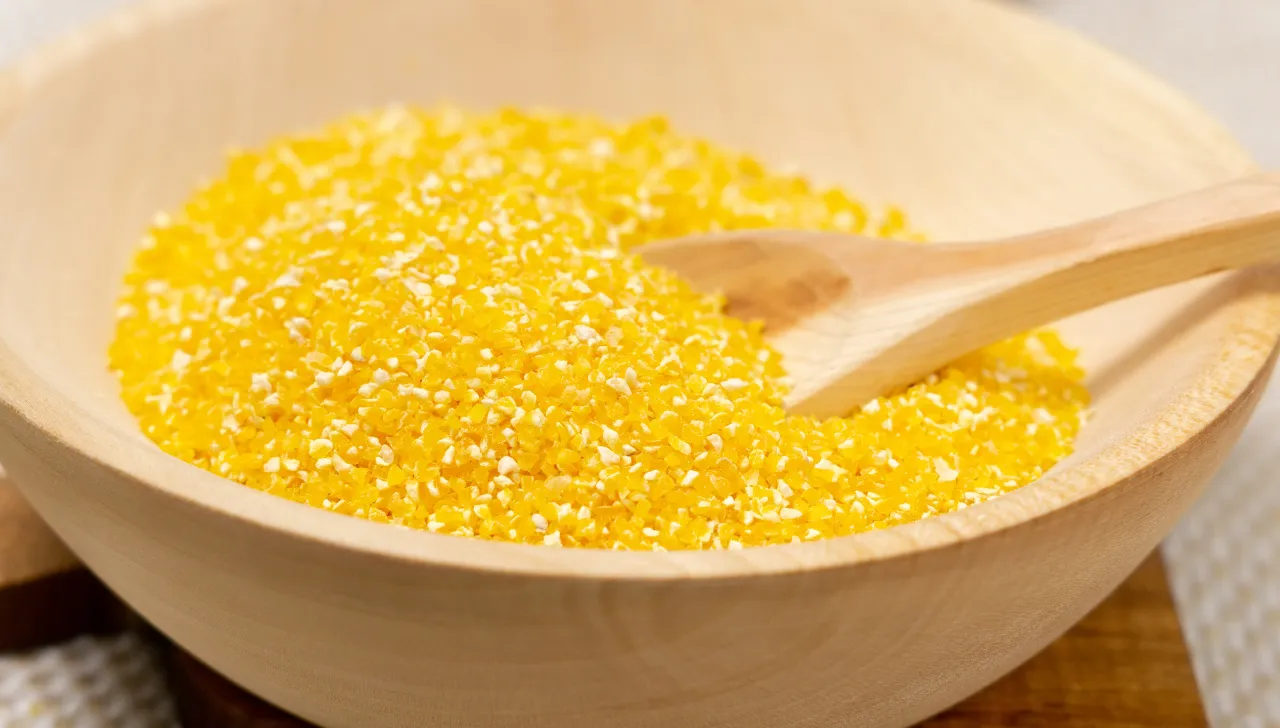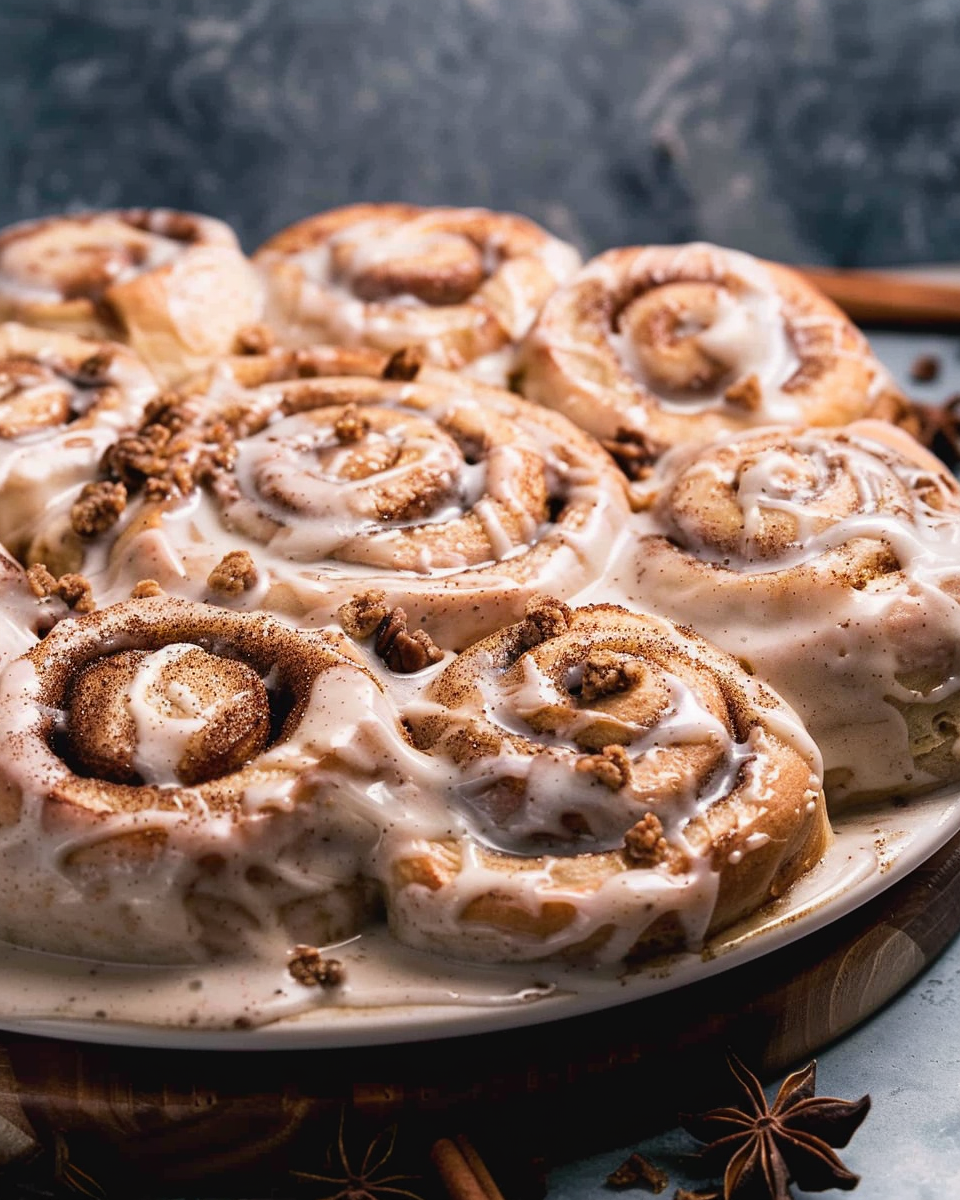Welcome to the wonderful world of pastina! If you’re seeking to answer the question, What kind of pasta is used for pastina?, you’re in the right place. This comprehensive guide will unveil the world of pasta suitable for pastina, along with additional fascinating insights.
What Kind of Pasta is Used for Pastina?
Pastina refers to tiny pasta used mainly in soups and broths. It provides a delightful texture and holds the flavors of the dish perfectly. Unveil the ideal types of pasta that fit best for making pastina and understand their unique characteristics. The question “What kind of pasta is used for pastina?” finds its answer in the tiny, delicate shapes of traditional pasta made from durum wheat semolina, available in various forms like stelline, acini di pepe, and orzo. The choice of pasta for pastina also extends to options that cater to specific dietary needs and preferences, including whole-grain and gluten-free varieties, ensuring that the comforting embrace of a pastina dish is accessible to all.
The History of Pastina Pasta
As we embark on the historical journey of pastina, we transcend time and geography to explore its roots and evolution. Pastina, Italian for “tiny dough,” has an age-old heritage that aligns with the history of pasta itself. It’s a beloved food, especially in Italy, cherished not only for its versatility and taste but also for its unique place in culinary traditions across various regions and cultures.
Origins in Italy
The origin of pastina traces back to Italy, where pasta has been a staple food for centuries. During ancient times, various small pasta shapes were created to be used in broths and soups, providing sustenance and warmth during the colder seasons. Pastina’s diminutive size made it easy to cook and eat, making it a suitable and nutritious food for all ages. It was especially popular as a first solid food for infants and as a comforting dish for the ill.
Different Types of Pastina Pasta
Pastina, which means “little pasta,” traditionally refers to a variety of small pasta shapes that are popular in soups or as a side dish, especially for children or infants. Below are some types of pasta that are suitable for making pastina:
- Acini di Pepe:
- Shape: Tiny, round beads.
- Use: Often used in soups and cold salads.
- Orzo:
- Shape: Resembles large grains of rice.
- Use: Good in soups, salads, or as a base for sauce-topped dishes.
- Stelline:
- Shape: Tiny star shapes.
- Use: Frequently used in broth-based soups.
- Ditalini:
- Shape: Small, short tubes.
- Use: Suitable for soups or pasta salads.
- Alphabet Pasta:
- Shape: Small letters of the alphabet.
- Use: Popular in soups and perfect for children’s meals.
- Pastina:
- Shape: Tiny, star-shaped pasta, often used interchangeably with the term to describe small pasta in general.
- Use: Ideal in broths or with a bit of butter and cheese for children.
- Risi:
- Shape: Small, rice-shaped pasta.
- Use: Commonly used in soups.
- Farfalline:
- Shape: Miniature bow-tie or butterfly shapes.
- Use: Works well in soups and cold pasta salads.
- Conchigliette:
- Shape: Small shell shapes.
- Use: Perfect in soups or sauced dishes.
- Tubettini or Tubetti:
- Shape: Tiny tube pasta.
- Use: Excellent in soups or as a base for sauces.
When preparing pastina, ensure you choose a pasta shape that suits your recipe. For soups, smaller and more compact shapes work best, while slightly larger shapes like orzo or ditalini are excellent for salads or side dishes.
Factors to Consider When Choosing Pasta for Pastina
When choosing pasta for pastina, consider the following factors to ensure your dish is delightful and satisfying:
- Size:
- Opt for small pasta shapes that are suitable for pastina such as acini di pepe, stelline, or orzo. The tiny size allows the pasta to cook quickly and evenly, and provides a pleasing texture in every spoonful.
- Texture:
- Choose pasta with a good texture that can hold its shape well when cooked. Avoid pasta that becomes too mushy as it may not provide the desired consistency for pastina.
- Cooking Time:
- Look for pasta with a short cooking time. Since pastina pasta is small, it should not take long to cook. Ensure to follow the package instructions to avoid overcooking.
- Ingredients:
- Consider the ingredients of the pasta. Opt for whole grain pasta if you want a healthier option, as it contains more fiber and nutrients compared to regular pasta. If you or your guests have a gluten intolerance, gluten-free pasta made from rice, corn, or quinoa is available.
- Brand Reputation:
- Purchase pasta from a reputable brand known for producing high-quality products. Reliable brands tend to offer better-tasting pasta that holds up well during cooking.
- Availability:
- Choose a type of pasta that is readily available in stores, so you can easily purchase it whenever you want to make pastina.
- Price:
- While price should not be the only consideration, it’s still important to choose pasta that offers good value for money. Avoid extremely cheap pasta as it may compromise on quality.
Taking into account these factors will help you select the perfect pasta for making pastina, ensuring a delicious and comforting meal each time.
Health Benefits of Pastina Pasta
Using the right type of pasta for pastina brings about numerous benefits:
-
Enhanced Flavor:
- Certain pasta shapes can hold onto sauces and seasonings more effectively. Small, compact pasta shapes can evenly distribute flavor in every bite, ensuring a satisfying taste experience.
-
Improved Texture:
- The right pasta type can contribute to the overall texture of the dish. Smaller pasta types can give a pleasant, easy-to-eat consistency, especially important in soups or for meals for children and infants.
-
Aesthetic Appeal:
- Choosing the right pasta shape can add visual appeal to your dish. Various shapes can make the dish more enticing, enhancing the overall dining experience.
-
Optimal Cooking:
- Different pasta shapes have varying cooking times and water absorption rates. Selecting the correct type ensures even cooking and the desired pasta texture, avoiding over or under-cooking issues.
-
Nutrient Retention:
- Smaller pasta shapes cook more quickly, potentially retaining more of their nutritional value as compared to larger pasta types that require extended cooking times.
-
Versatility:
- The right type of pasta can seamlessly integrate into diverse recipes, from soups to salads, allowing for culinary creativity and variation.
-
Portion Control:
- Smaller pasta shapes can help in managing portion sizes, particularly beneficial for dietary consideration and meal planning.
-
Child-Friendly:
- Small, easy-to-eat pasta shapes are suitable for children, reducing the risk of choking and making mealtime more enjoyable for little ones.
-
Enhanced Eating Experience:
- Using the appropriate pasta type ensures a balanced ratio of pasta, sauce, and other ingredients in every bite, contributing to a better eating experience.
-
Dish Compatibility:
- Certain pasta shapes work best with specific recipes. Choosing the right pasta enhances the compatibility with other ingredients, ensuring a harmonious blend of flavors and textures.
In conclusion, the choice of pasta type for pastina plays a significant role in flavor, texture, appearance, and overall satisfaction with the dish. It’s worthwhile to consider the most suitable pasta shape for your pastina recipes to optimize the culinary experience.
Culinary Traditions: Pastina Around the World
Pastina, traditionally an Italian dish, refers to a variety of tiny pasta used primarily in soups and broths. It is especially popular among children and is often one of the first solid foods given to toddlers in Italy. Beyond Italy, the tradition and use of small pasta in similar dishes can be found worldwide. Each culture lends its unique twist, creating a myriad of flavorful and comforting dishes. Below, let’s explore the culinary traditions involving pastina in different regions around the world:
Italy
In Italy, pastina holds a cherished place as comfort food. It is often cooked in a light chicken or beef broth and served with a sprinkle of Parmesan cheese. It’s a staple in Italian households, renowned for its simplicity and the warmth it brings during colder months. Stelline (little stars) and acini di pepe (little peppercorns) are popular pasta choices.
United States
In the United States, pastina is embraced in various forms. Italian-American families continue the tradition of serving pastina in broth, and it’s also used as a base for more elaborate soups, combined with vegetables, beans, and meats. The diverse American culinary landscape has also seen pastina adopted into various other recipes, reflecting the nation’s melting pot culture.
Greece
Greece has its version called “manestra,” tiny pasta pearls traditionally cooked in tomato sauce and often paired with cheese. Similar to Italy’s pastina, manestra is celebrated as a simple, satisfying dish that transcends seasons and is beloved by all ages.
Middle East
In the Middle East, small pasta, resembling pastina, is used in various regional dishes. One notable example is the Lebanese dish called “rishta,” where tiny pasta is cooked in a rich lentil broth, often accompanied by spinach and lemon juice for a refreshing tang.
Asia
Various Asian cuisines also have their versions of small pasta or noodle dishes that echo pastina. In China and other East Asian countries, small rice noodles or wheat noodles are cooked in broths with vegetables, meats, and spices, offering a comforting meal that can be enjoyed at any time of day.
Eastern Europe
In Eastern European countries, small pasta like “tarhonya” in Hungary or “krupnik” in Poland, are used in soups and stews, adding heartiness and texture to traditional dishes.
In essence, while pastina originates from Italy, similar culinary traditions exist globally, with each region adding its unique flavors, ingredients, and cooking techniques to create comforting and beloved dishes. The universal appeal of small pasta in broths or sauces transcends borders, highlighting the shared human love for warm, nourishing meals.
Cooking Pastina Pasta: What You Need to Know
Creating a comforting bowl of pastina requires minimal ingredients and a simple cooking process. Let’s delve into the basic elements needed and the straightforward steps to bring this Italian comfort food to your table. For a detailed recipe guide, feel free to explore this comprehensive Pastina Recipe Guide.
Essential Ingredients:
- Pastina Pasta: Choose from various shapes like stelline, acini di pepe, or orzo.
- Broth or Water: Use a rich broth (chicken or vegetable) for added flavor or water as a simple base.
- Butter: Adds richness and creaminess to the dish.
- Cheese: Grated Parmesan or Pecorino Romano adds depth of flavor and a savory note.
- Seasonings: Salt and pepper for basic seasoning; additional herbs can be used for enhanced flavor.
Basic Cooking Process:
- Boiling the Pasta:
- Bring the broth or water to a boil.
- Add the pastina pasta, stirring occasionally to prevent sticking.
- Cook according to the package instructions until the pasta is tender.
- Draining (if necessary):
- If any excess liquid remains after cooking the pasta, drain it off.
- Adding Butter and Cheese:
- Stir in a generous knob of butter until it melts into the pasta.
- Add grated cheese and mix until it’s well incorporated and the pasta is creamy.
- Seasoning:
- Season with salt and pepper to taste.
- For extra flavor, add additional herbs like basil or parsley.
- Serving:
- Serve the pastina hot in individual bowls.
- Sprinkle additional cheese on top for garnish as desired.
FAQs
What kind of pasta is pastina? Pastina refers to tiny, star-shaped pasta made from durum wheat semolina, used in Italian soups and broths, providing a delicate, comforting texture.
What is another name for pastina pasta? Another name for pastina pasta is “stelline,” reflecting its small, star-like shape, a popular choice for Italian soups and broths.
Is acini de pepe pasta the same as pastina? Acini de pepe, small, round pasta, is a form of pastina. Though different in shape, it serves similar culinary purposes, offering a tender bite in soups and dishes.
What is the name of a tiny Italian pasta? A name for tiny Italian pasta is “pastina,” encompassing various shapes including stelline (star-shaped) and acini de pepe (peppercorn-sized spheres).
Conclusion
In essence, creating a heartwarming pastina dish revolves around using tiny, traditional pasta made from durum wheat semolina. Available in diverse forms like stelline, acini di pepe, and orzo, the choice of pasta for pastina blends authenticity with versatility. Whether seeking the classic comfort of a butter and cheese-enhanced dish or adapting to modern dietary needs with whole-grain and gluten-free options, pastina stands as a beloved culinary embrace, accessible and enjoyable to all.








